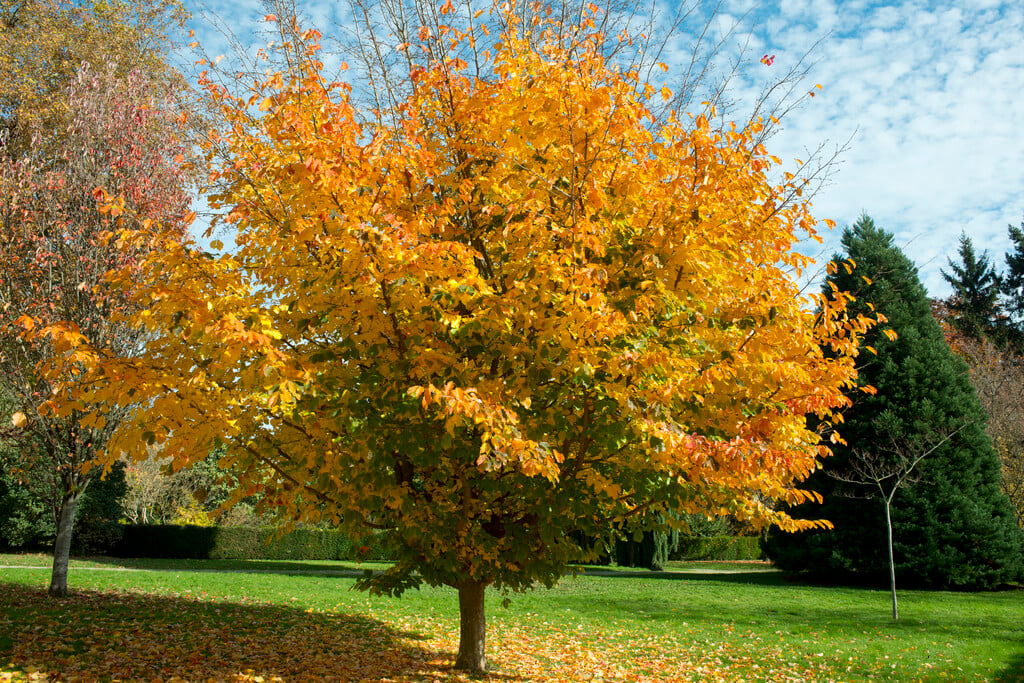Parrotia persica
Persian ironwood
A wide-spreading, often multi-stemmed deciduous tree or large shrub to 8m, with attractive flaking bark. Leaves turn yellow, red and purple in autumn. Small crimson flowers on bare twigs
Size
Ultimate height
4–8 metresTime to ultimate height
20–50 yearsUltimate spread
Wider than 8 metresGrowing conditions
Moisture
Moist but well–drained, Well–drainedpH
Acid, Alkaline, NeutralColour & scent
| Stem | Flower | Foliage | Fruit | |
| Spring | Red | Green | ||
|---|---|---|---|---|
| Summer | Green | |||
| Autumn | Orange Red | |||
| Winter | Red |
Position
- Full sun
- Partial shade
Aspect
South–facing or West–facing or North–facing or East–facing
Exposure
Exposed or Sheltered Hardiness
H6Botanical details
- Family
- Hamamelidaceae
- Native to GB / Ireland
- No
- Foliage
- Deciduous
- Habit
- Bushy
- Genus
Parrotia are deciduous trees with broadly ovate leaves which colour well in autumn, and small but abundant red flowers in late winter and early spring
- Name status
Correct
- Plant range
- N Iran to Caucasus
How to grow
Cultivation
Grow in a well-drained or moist but well-drained soil in sun or partial shade; well suited to an open woodland setting. For more advice see tree cultivation
Propagation
Propagate by semi-hardwood or softwood cuttings
Suggested planting locations and garden types
- Architectural
- Low Maintenance
Pruning
Pests
Generally pest-free
Diseases
May be susceptible to honey fungus
Get involved
The Royal Horticultural Society is the UK’s leading gardening charity. We aim to enrich everyone’s life through plants, and make the UK a greener and more beautiful place.
